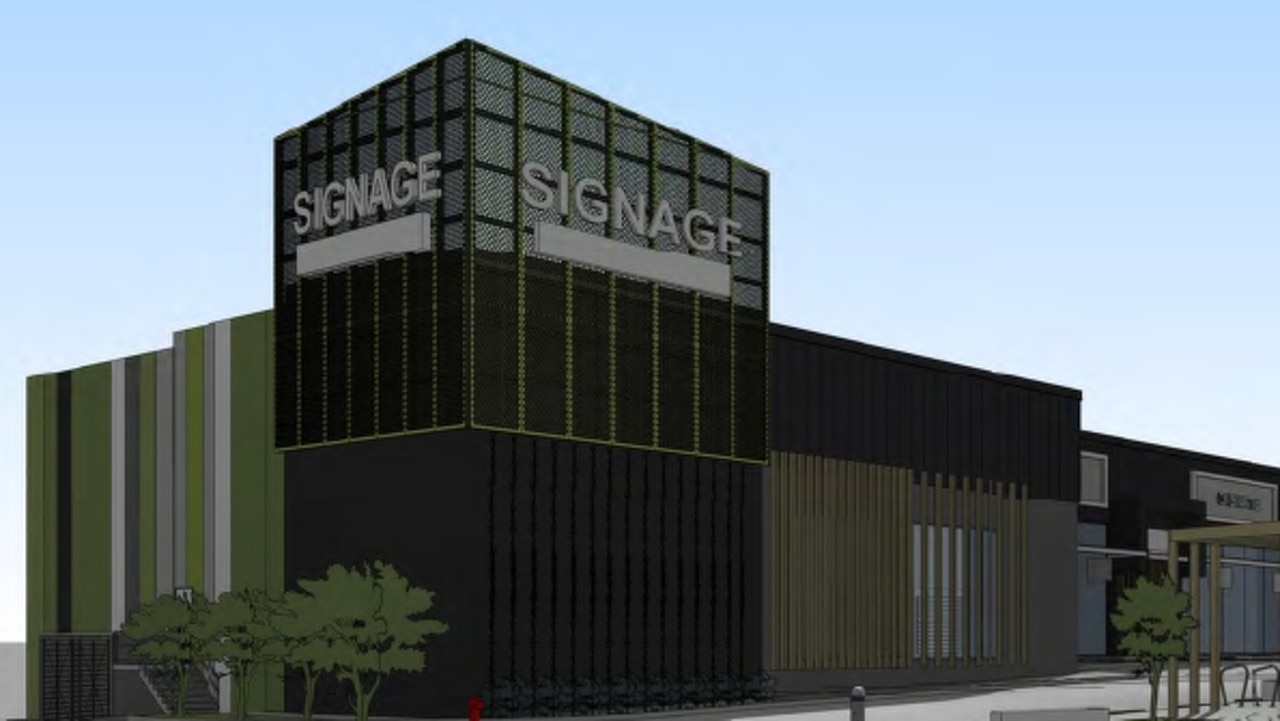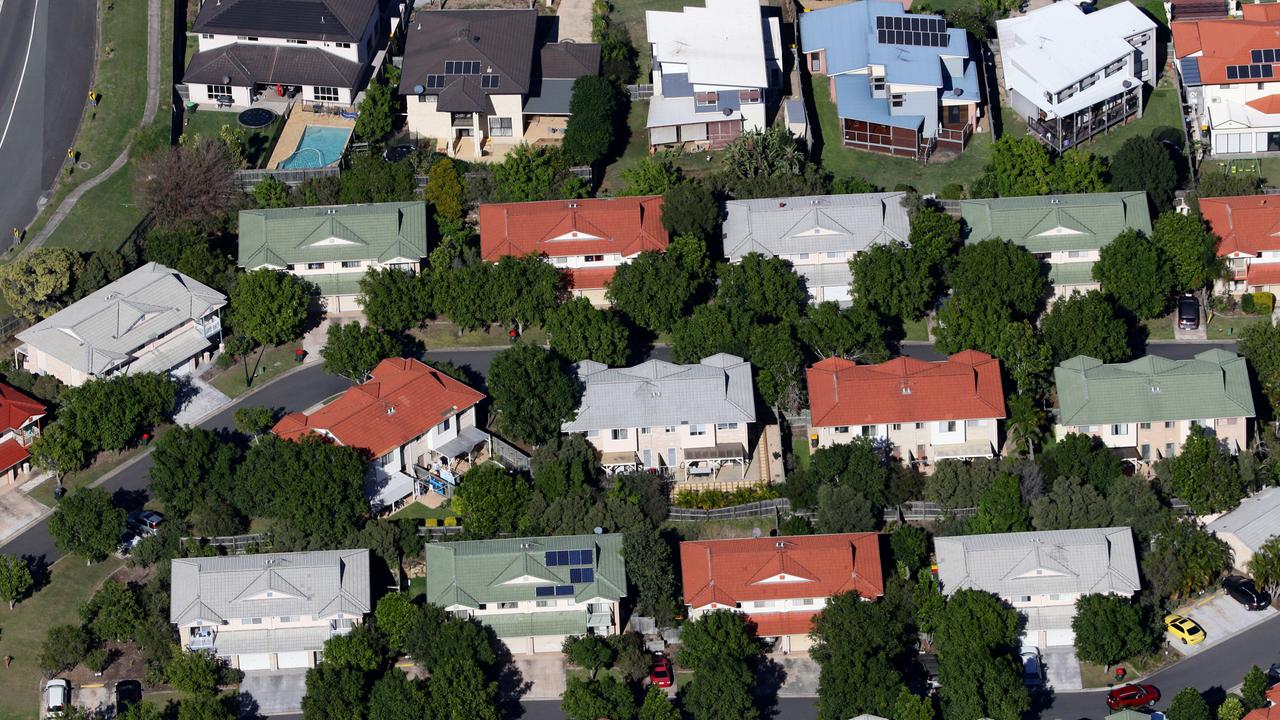Rosehill Racecourse: contamination expert warns site for proposed 25,000 homes could be hazardous
Parts of the site where 25,000 new homes have been proposed in a redevelopment of Rosehill racecourse could contain lethal hazards,a contamination expert claims.
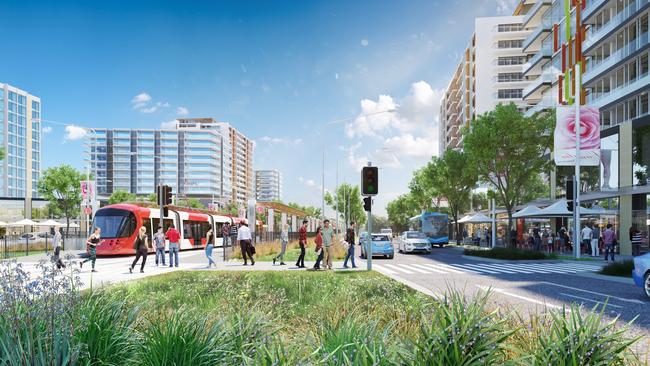
Property
Don't miss out on the headlines from Property. Followed categories will be added to My News.
A contamination expert has warned the NSW government to tread carefully with plans to redevelop the Rosehill racecourse, claiming the site could be polluted with lethal asbestos and other hazards.
This comes after the Minns Government announced discussions have commenced with the Australian Turf Club (ATC) on a proposal to relocate Rosehill Racecourse and build 25,000 homes on the site.
The NSW government and the ATC have signed an MOU (memorandum of understanding) on the plans – in welcome news to many of those struggling with the lack of stock in Sydney’s housing market.
But soil scientist and contamination expert Simon Leake said he has huge concerns over potential contamination of the Rosehill site due to its proximity to the highly contaminated Camellia precinct.
Camellia is located next to the Rosehill racecourse along the Parramatta River and was previously an industrial site.
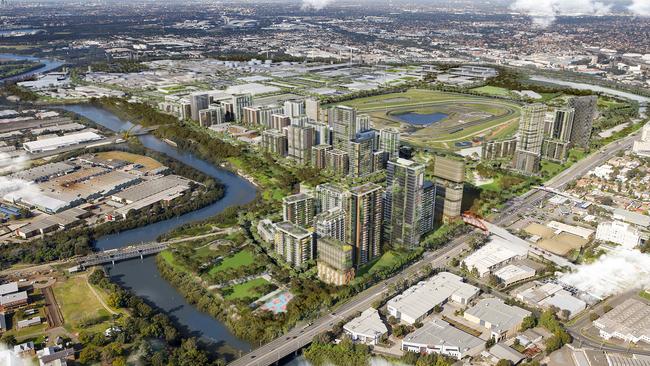
“We know that the waterfront at Camellia is one of the most heavily contaminated sites in Australia,” Mr Leake said.
NSW Department of Planning previously partnered with Golder Associates to determine the level of contamination at the previously selected Camellia-Rosehill development site in 2015, which stated, “as a result of its long industrial history, contamination is a key issue for redevelopment of the precinct”.
Mr Leake said “significant areas of the precinct are impacted by contaminants such as asbestos, chromium-6 and other hazardous substances”, and he noted that these contaminants were soluble and could have easily migrated to the nearby racecourse.
Mr Leake said it was a “sensible idea” to move the development plans to the racecourse, as the remediation of Camellia was anticipated to cost over $100m, but he claimed more research needed to be done on the racecourse site.
“Those who are experts and who are in the know are concerned of the due diligence,” he said.
“Because the contamination at Camellia is soluble it has a high potential to migrate.”
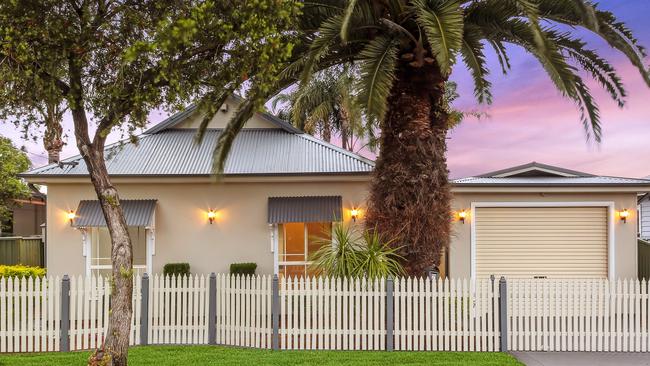
Paint industries, an abattoir, tannery, and an oil refinery were among the industries that were historically on the site.
“They just chucked stuff everywhere in those days … the tannery used a very nasty carcinogenic chemical,” Mr Leake said.
Originally, the Camellia-Rosehill proposal had planned to build on the industrial area, but the NSW government plans have been updated since then.
“There is a possibility that the new site is not contaminated or not as contaminated, but I think there must be a high degree of rigour in investigating the site and in remediating it and ensuring the surrounding sites are not a risk to residents before they develop,” Mr Leake said.

There is a “grey area” when it comes to developers requirements to conduct investigations, according to Mr Leake.
Contaminated sites need very complicated and time-consuming research. Mr Leake pointed to Sydney Olympic Park as an example as it took five years to remediate.
“They need to do some analysis of the water table and the surface soil,” he said of the Rosehill site.
He estimated the process for Rosehill could take anywhere from six months to two years and has called for the government to undertake both a preliminary site investigation (PSI) and a detailed site investigation (DSI).
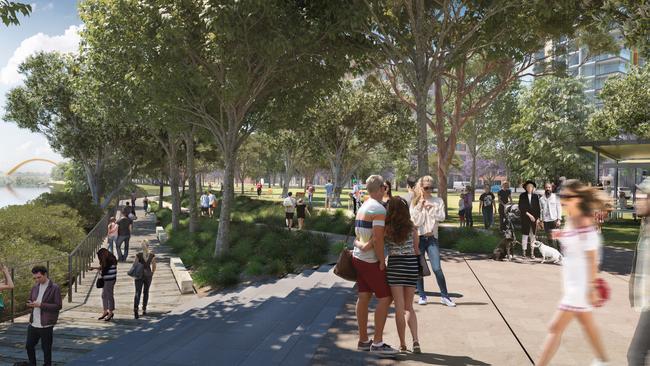
Mr Leake anticipates that the risks could include asbestos dust and chromium-6, as found on the Camellia site, both of which can be lethal.
“If you did find that there was asbestos dust on the site, before it’s not soluble and not on the surface, it wouldn’t be that expensive to scrape it off and to send it to landfill.
“If you have chromium in the water table there may be risk to basements if you’re digging into it, so you want to make sure that you either treat it or to turn it into non-toxic forms of chromium – or you can put in bores and pump it out,” he said.
Mr Leak said despite the risks, the fixes wouldn’t be too costly.
“You would also look at the whole range of contaminants to eliminate everything,” he said.
“If you were a developer you would be crazy not to do the research,” Mr Leake said.
The department of planning was approached for comment.

